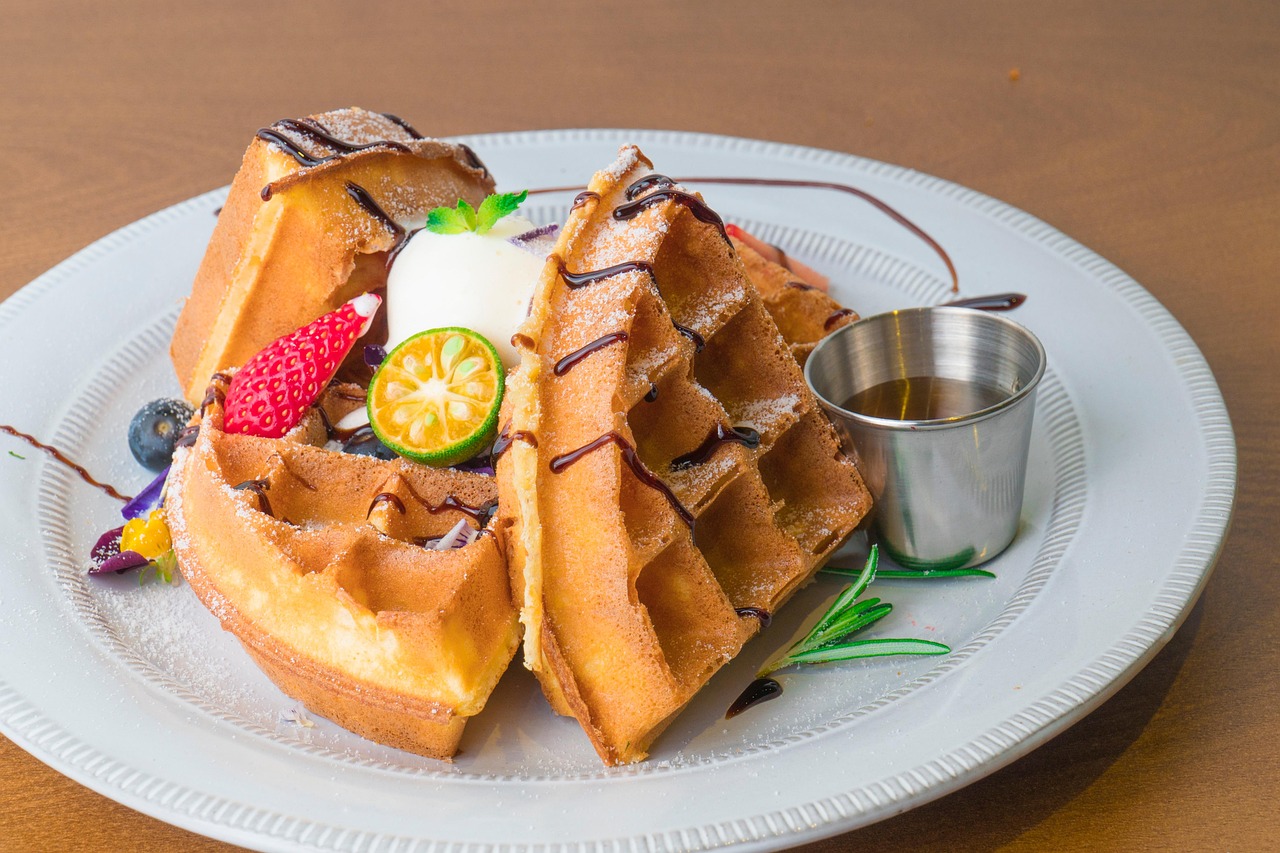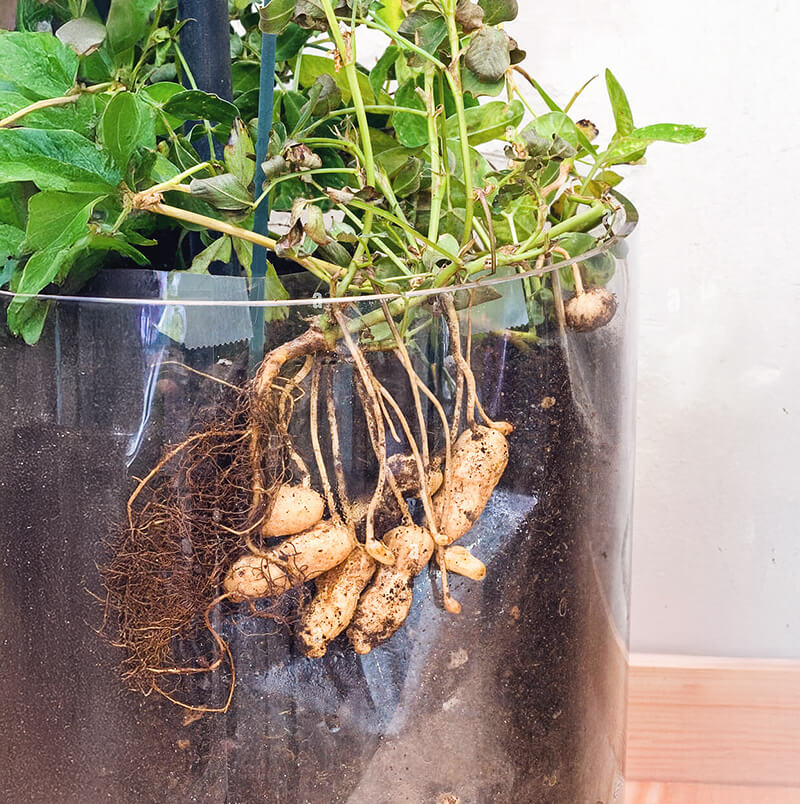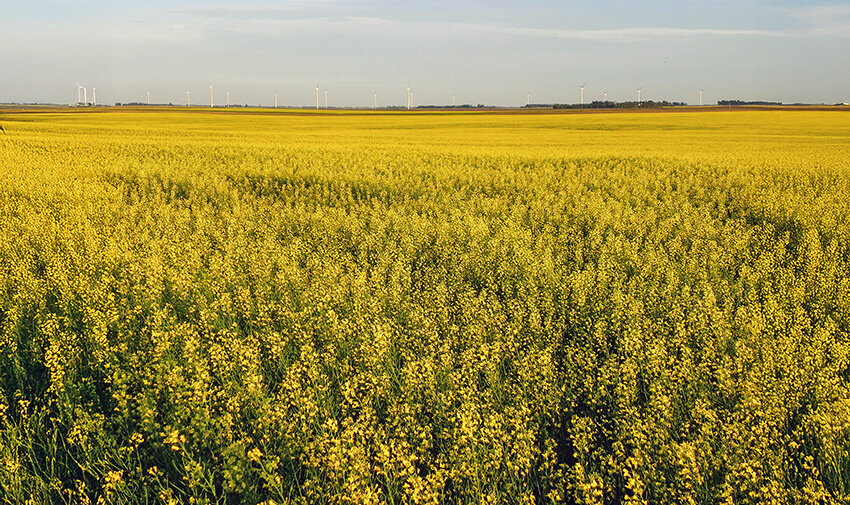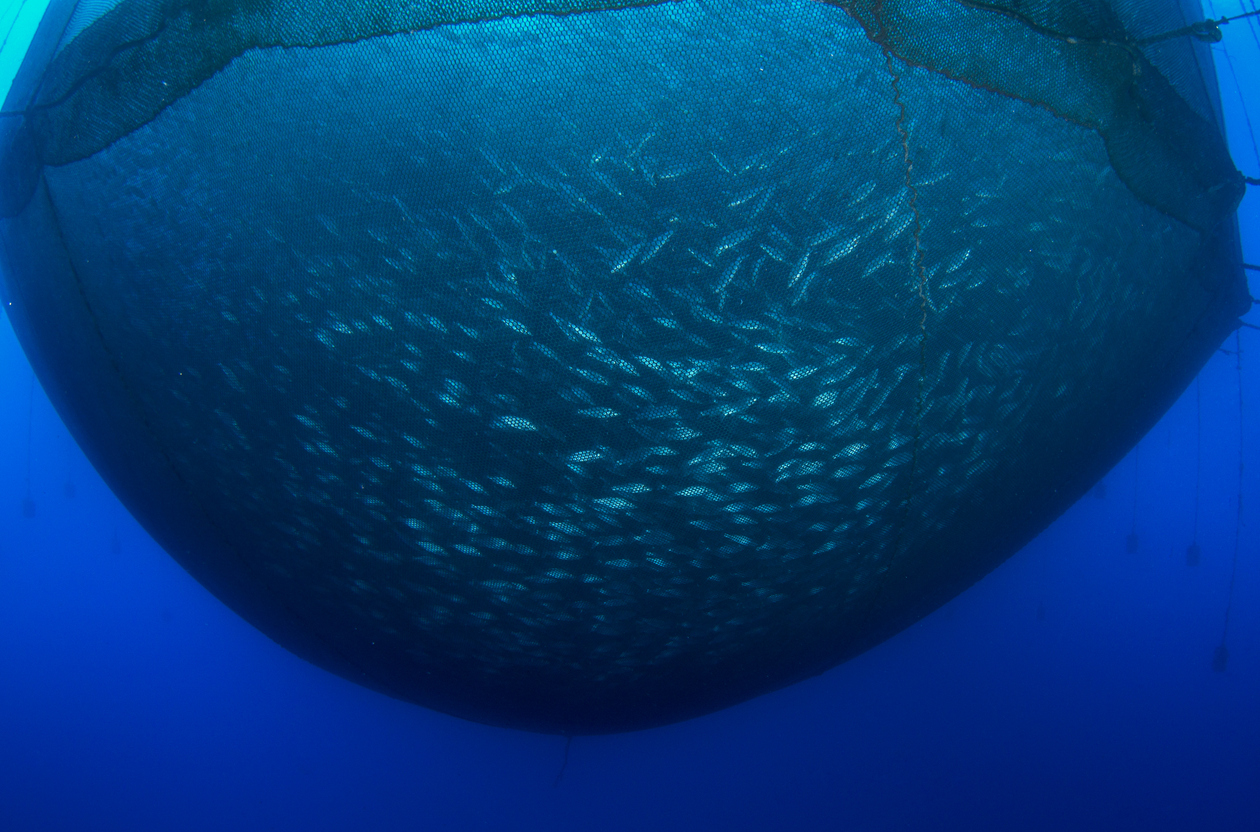
Nutrients to Get More Of (Grades 6-8)
Students will plan a healthy meal – breakfast – using the Percent Daily Value (%DV), and will use the Nutrition Facts label to evaluate and compare foods as they plan their meals.

Students will plan a healthy meal – breakfast – using the Percent Daily Value (%DV), and will use the Nutrition Facts label to evaluate and compare foods as they plan their meals.

Students will plan a healthy meal – breakfast – using the Percent Daily Value (%DV), and will use the Nutrition Facts label to evaluate and compare foods as they plan their meals.
Students will trace the energy and nutrition requirements of the human lifecycle from beginning to end and identify the physical and cognitive growth happening in each phase of life.
Students determine that fresh produce is a good source of vitamin A, vitamin C, and fiber, and that all fruits and vegetables do not contain the same quantities of each nutrient.

Students label the parts of a peanut plant on a diagram, follow step-by-step instructions to plant a peanut, and use a chart to record the growth of peanut plants.

Students investigate a variety of oilseed crops, discover how and where they are grown, and explore their nutritional benefits.
In this lesson, students will learn about solutes and solvents and will use serial dilution while investigating parts per million—a term used to describe the nutrient concentration of a fertilizer solution.

Students discover the sources of various fish and seafood, compare wild-caught and farm-raised aquaculture systems, and use a simulation to determine how overfishing can damage the ocean ecosystem.

Students discover the sources of various fish and seafood, compare wild-caught and farm-raised aquaculture systems, and use a simulation to learn how overfishing can damage the ocean ecosystem.
Students explore the complexity of heredity by studying horses and creating a horse’s family tree.
Students describe the physical properties of materials and observe physical and chemical changes as they examine the ingredients in pancakes and how maple syrup is harvested from trees.
Students describe the physical properties of materials and observe physical and chemical changes as they explore the ingredients in pancakes and how maple syrup is harvested from trees.